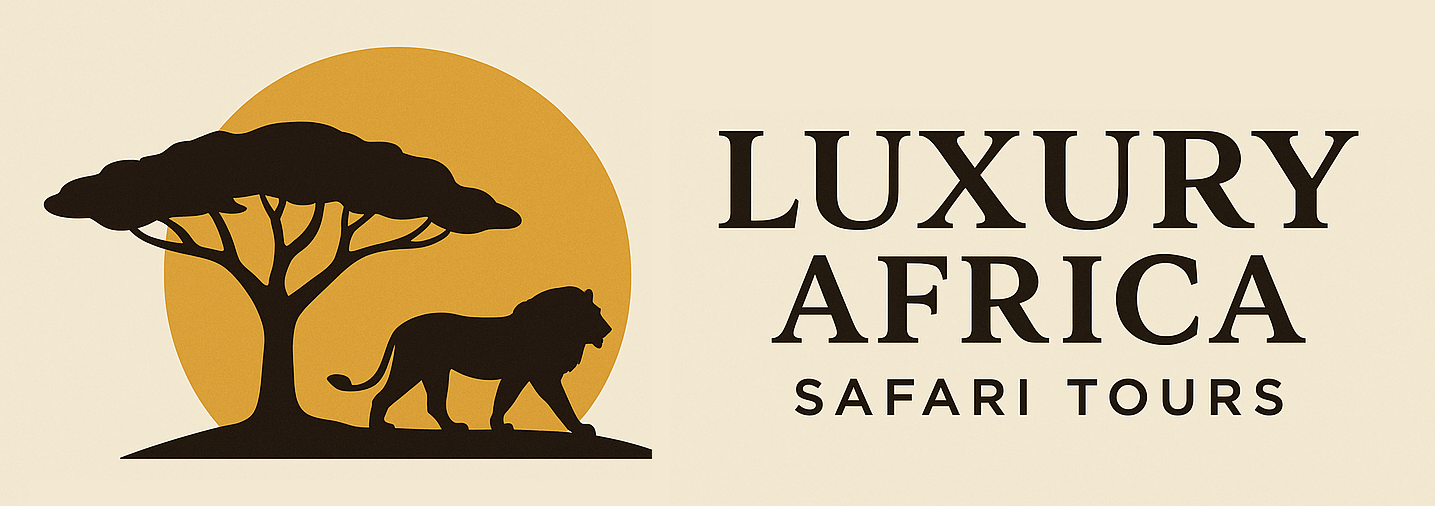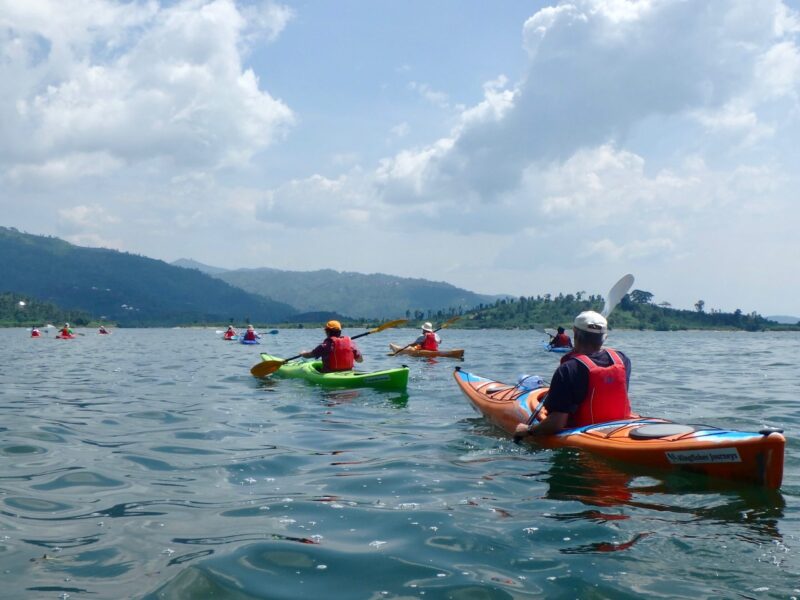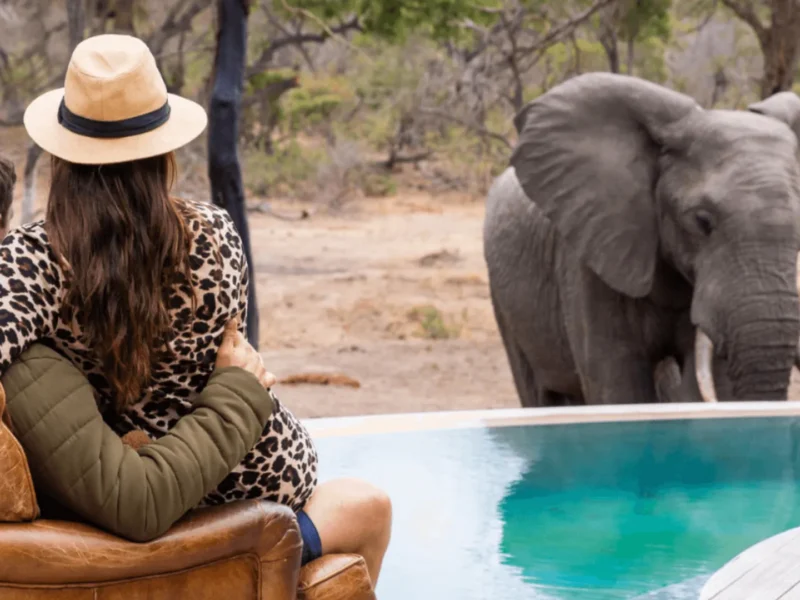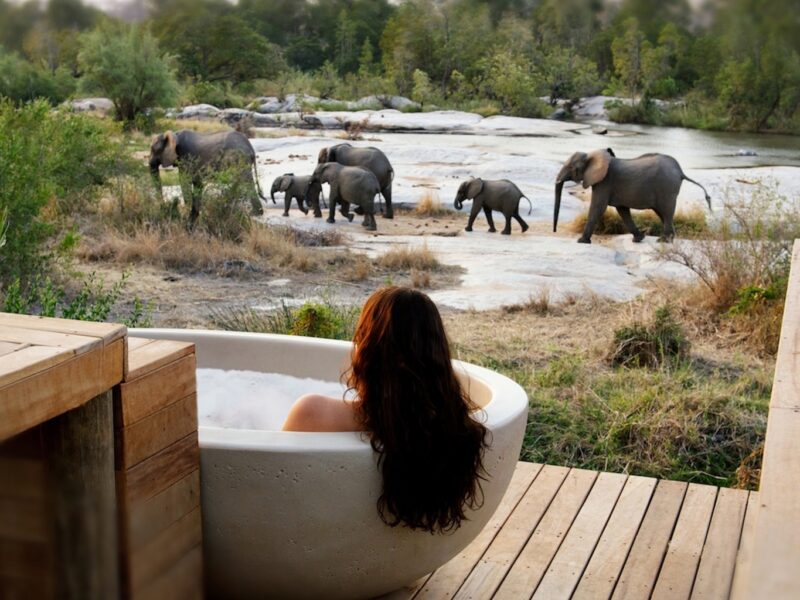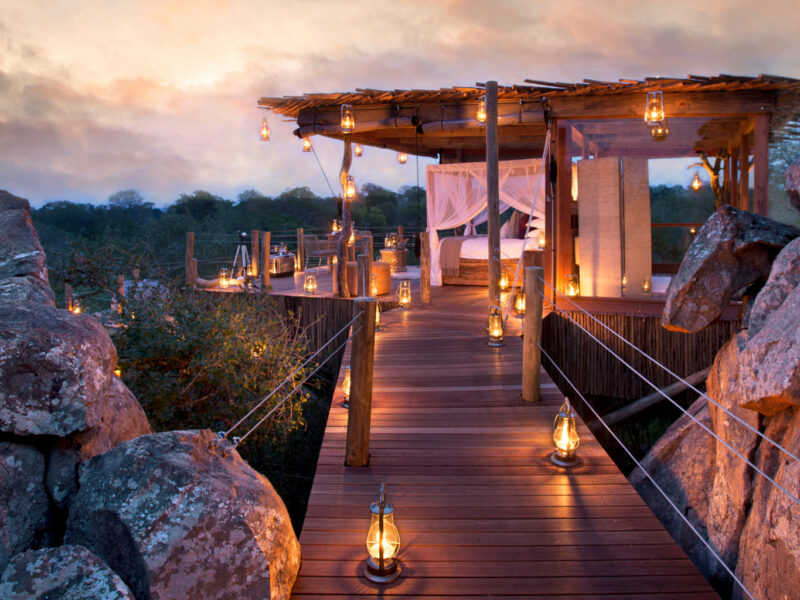Trekking Guide to Climbing Mount Kilimanjaro
From top of Mount Kilimanjaro, the views are just breathtaking! Clear days view the Maasai Steppe, Mount Meru, Mount Longido, and the “Mountain of God,” Ol Doinyo Lengai.
Mount Kilimanjaro’s elevation is…
Rising for practically 6,000 meters above sea level, Mount Kilimanjaro Unquestionably, it is among the most amazing geographical characteristics of all Africa!
Mount Kilimanjaro is located here.
Mount Kilimanjaro National Park surrounds this magnificent mountain. Although the park is north of Tanzania, it butts against Amboseli N.P. Kenya. If you have ever marveled at a famous picture of elephants in front of a mountain, chances are you have already seen Mt Kili with Amboseli’s own giants front and center. Still, nothing compares to the mountain climbing experience.
The Kilimanjaro Climb’s difficulty level?
Whichever path you follow, you need to be in a decent condition. You will be climbing a mountain for five to six days and for six hours every day after all! If you are fit, the climb itself is not difficult; but, if you have altitude sickness, you will feel really miserable. Driven by rapid low oxygen levels, this disorder is typified by headaches, fatigue, nausea, vertigo, and sleep disorders. Of course, the risk of altitude sickness rises with increasing height, hence the last push up to the summit might be rather difficult. We encourage you to discuss the possible signs and implications of altitude sickness with your doctor as well as what you might do to minimise its effects.
Lemosho Route, Mount Kilimanjaro, Experiences, Tanzania
Which climbing route on Kilimanjaro is best?
From either the east or the west, routes up Mt Kilimanjaro approach. While the western paths include Lemosho, Machame, Rongai, and Marangu, among the eastern paths are Rongai and Shira. Since the eastern paths call for extra hours of high-altitude walking, they are tougher. Should your squad be ready for this challenge, we advise Rongai.
Regarding the western paths, Lemosho and Machame are great choices even though Marangu is somewhat crowded and the lodging there is not very good. Both go via the lovely Stella Point. While Lemosho is ideal for dedicated hikers seeking a genuinely immersive experience, Machame is busy but shorter with a high summit success rate!
Adventure In The Wild Safaris books with the top mountain guides, who support both paths. To guarantee no surprises, they will fully brief groups before the climb starts! Usually, you begin your climb of Kili around eight in the morning. To ensure climbers reach the crater rim before sunrise and have time to descend down to camp following their push to the summit, the last push toward the summit from your highest camp is often much earlier—usually 2am.
On your Kilimanjaro trek, what can you see?
Both paths carry adventurers over four distinct temperature zones. These are known as the Forest Zone, the Heather and Moorland Zone, the Highland Desert Zone, and lastly the Summit Zone.
Most of the mountain is covered in a rainforest within the forest zone. Although the height of the forest makes it difficult to observe, this rich habitat hosts a great range of plants and animals. Though with lots of shade provided by massive trees covered in thick moss, trekking into the forest is definitely a nice experience. Still, this is the area most probable for rain experienced by climbers.
Mount Kilimanjaro, Experiences, Tanzania
Because of blowing winds, the Heather and Moorland Zone is far more exposed than the forest, exposing trekkers to deceptively bright sunshine that is accentuated by little to no cloud cover here. We advise carrying a good hat and lots of sunblock!
Trekking Mount Kilimanjaro, Experiences, Tanzania, Camping
Once you enter the Highland Desert Zone, you will be in an exotic boulder-strewn scene. The air is quite dry up here and there is no protection from the sunlight; so, lots of sunscreen and lip balm is needed. Conditions can really unpleasant at night, with temperatures far below zero, hence it is suggested to have some layers of clothes on in your sleeping bag.
Mount Kilimanjaro Camping: Experiences in Tanzania
The last zone is sometimes referred to as “the Summit Zone,” or more precisely as the Arctic Zone in scientific terms. As the name suggests, it is very cold up here; a balaclava or scarf will help you to avoid cracked lips by covering your nose and mouth. All summit attempts leave at roughly two in the morning; this is when the scree slopes—loose gravel and stones—are most stable and climbing is much simpler.
Peak Mount Kilimanjaro: Events in Tanzania
What should I bring for Kilimanjaro?
Regarding tools, you will either have to bring or hire:
Walking poles roll mat; sleeping bags down jacket; strong, secure, worn-in hiking boots with good ankle support; balaclava or scarf to cover your face.
Since this is not a technical climb, you will merely need the fundamentals for mountain climbing.
Trekking Mount Kilimanjaro, Stories from Tanzania
For first-time climbers, things to think about:
- Let the slowest climbing member of your party lead always. This will not only give them a fair shot to top but also enable other climbers to save energy.
- Bring lots of nibbles with you. The best ways to keep energy levels during long days in demanding surroundings are sugar-based sweets, biscuits, energy and chocolate bars.
- Layered up! Along with a thick jacket and thermals, we advise you to pack layers of clothing. Taking off one of four T-shirts, for instance, is a far better way to gently reduce your body temperature than zipping and unzipping your jacket constantly.
- Get lots of reasonably good-quality socks. Since they are a major factor in maintaining good foot shape, dry, comfortable socks are practically more vital than decent hiking boots.
- In damp conditions, exercise particular care! Though most bags will have a rainproof cover, this can rip or get lost. This is why it’s best to load your stuff in plastic bags first then inside your rucksack. This is a great safety precaution to guarantee dry clothing.
- Approach your ascent like you would a marathon rather than a sprint. Although this is very clear advice, many climbers find that their first couple of days, when they feel most strong, their quest to summit Kilimanjaro is destined to fail. Starting fast will merely drain the energy needed for the last day-and-a-half, when the cold and lack of oxygen will make conditions challenging at least.
- Starting your climb on a weekend is not ideal. Monday is great; it drastically lowers the mountain’s visitor count!
- Put in at least six nights. The secret here, regardless of which path you follow, is to stay at least six nights on the mountain. Five nights is asking for trouble, and occasionally rather big trouble. Remember that this is quite high altitude!
